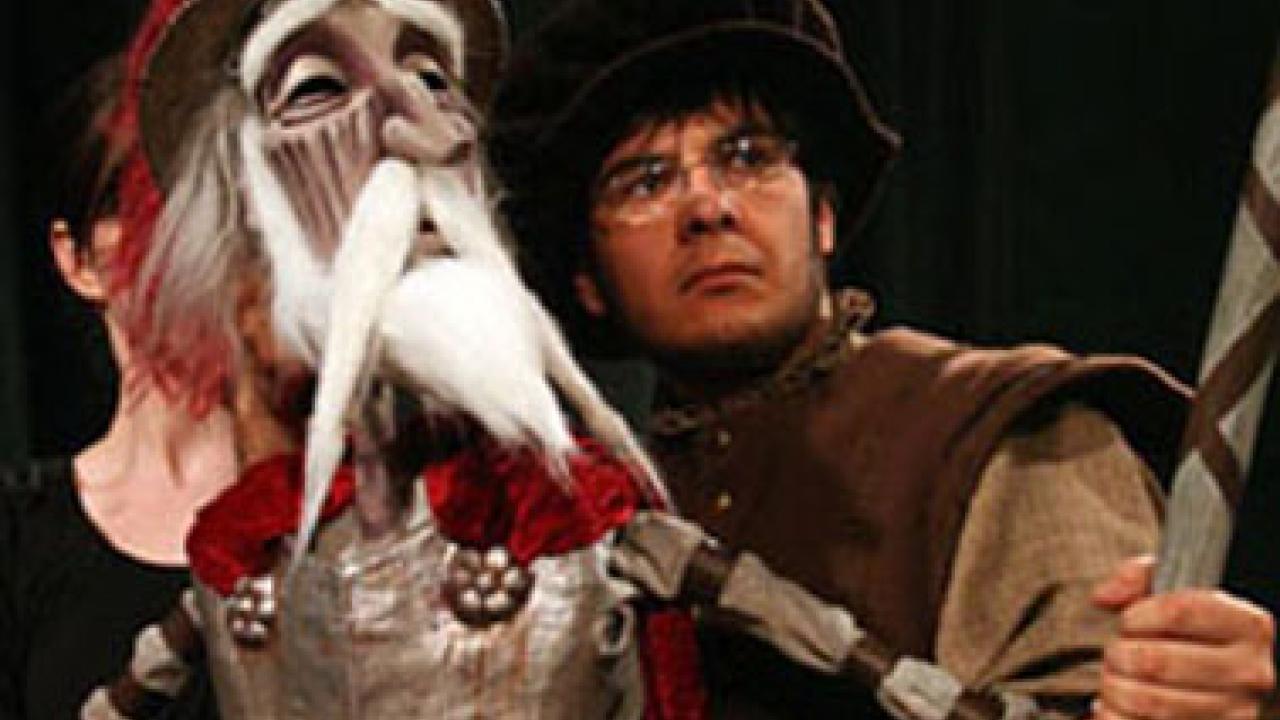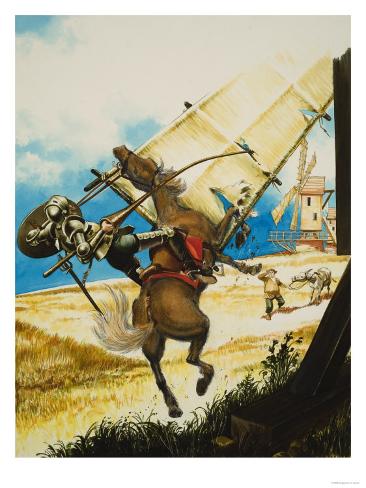



Clarinets and oboes strike up a delicate dialogue, tranquil and unhurried, which sweetly seduces the strings, the story’s grand protagonist, to modulate a melody whose texture vaguely reminds Maestro Rodrigo’s Concierto de Aranjuez. The first one describes the fee-lings inspired by the Toboso-Streets of Toboso-, a place of eternal love, poetry and sleepless nights, whose streets are inhabited by nostalgia and the feeling of a soulful land. The score organises itself around two great melodies.

Wind and strings trot through the space, recalling the all-time most famous nag’s steps. That’s why we don’t find in it a proper musical genealogy defining the characters, apart from Rocinante’s leitmotiv, a playful melody charged with nostalgia, riding on the back of an old Seat car. Monsignor Quixote’s score is more descriptive than rational more situation bound than intention bound. Monsignor Quixote is but the tip of the iceberg, a colossal exercise on musical imagination, drawing the lines upon which this atypical story wanders. To speak about Anton Garcia Abril is to speak about one of the most important and influential contemporary musicians in the last decades. But this peculiar relationship evolves into a surprising friendship, based on Faith and Love, and creating the miracle of Mutual Understanding. Father Quijote, a former communist mayor, native from Toboso Enrique Zancas and a Rocinante with rubber soles instead of horseshoes strike up an unique relationship, a cloudy reminder of the irreconcilable positions between Marxism and a festive or tambourine Catholicism. The book recreates the illustrious character’s adventures through a backwardsĪnd Manchegan Spain, showcasing history’s silent voices. His text tells, in its own way, the immortal chevalier’s moving adventures. Monsignor Quixote is based on the homonymous work by English writer Graham Greene.


 0 kommentar(er)
0 kommentar(er)
